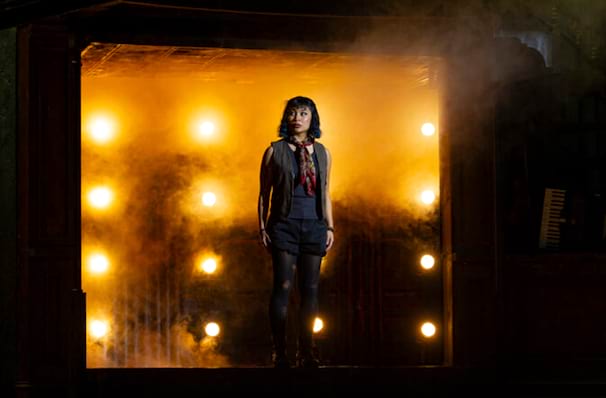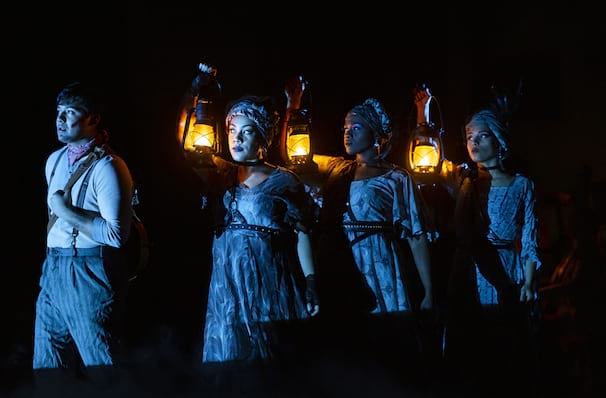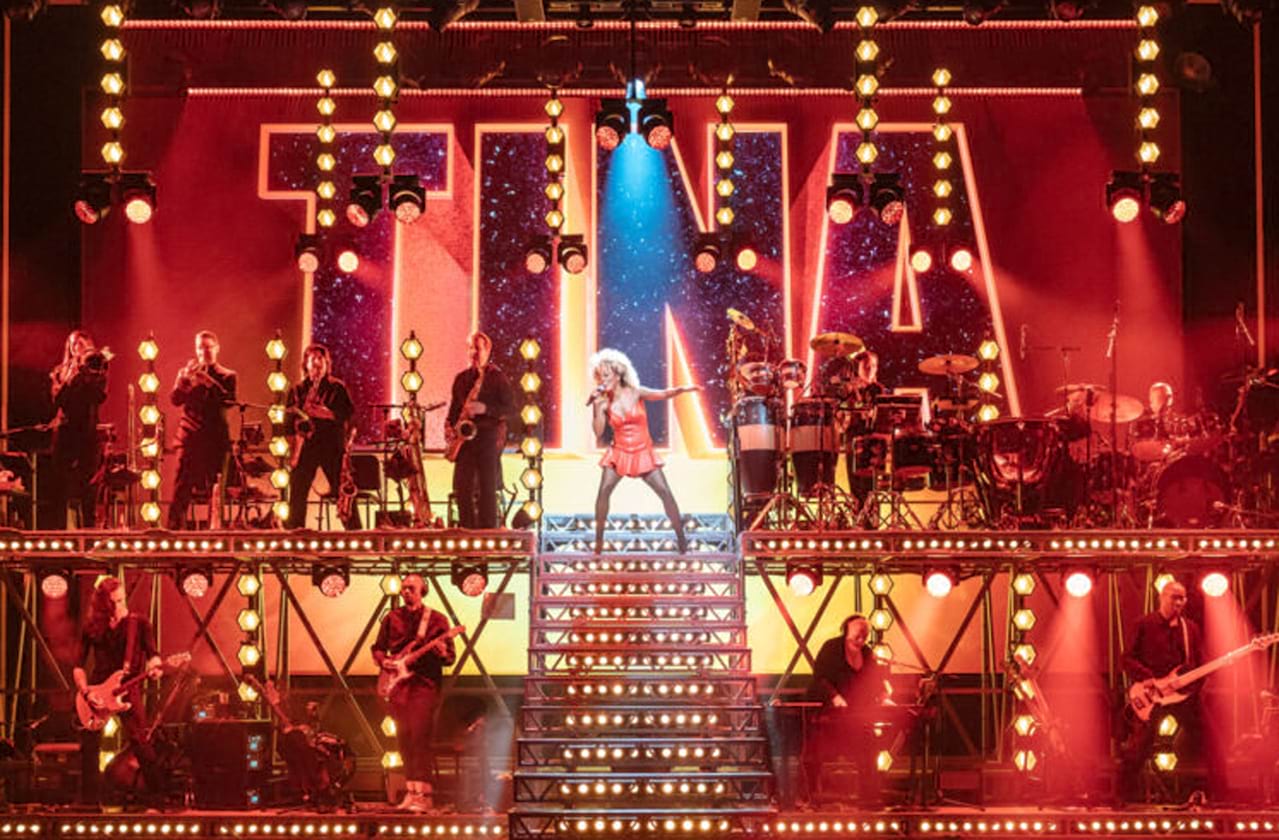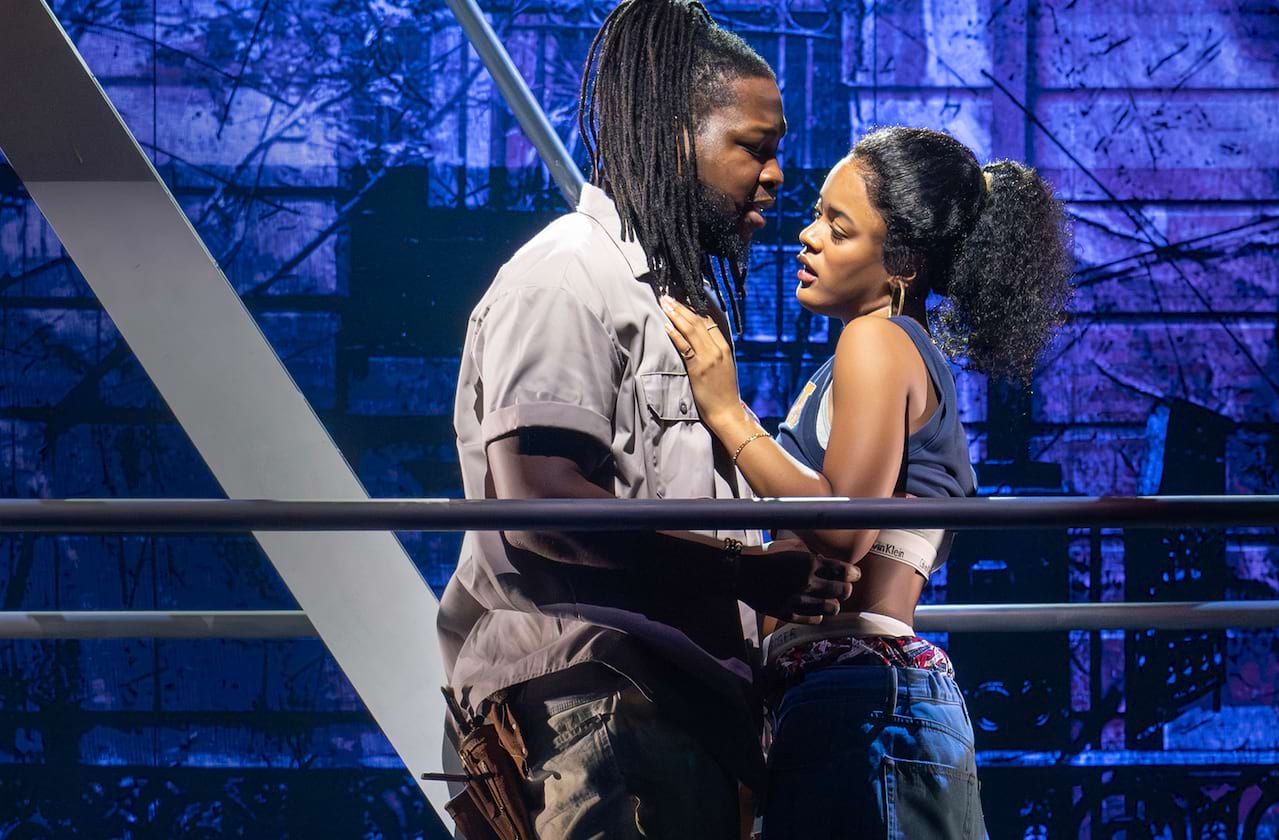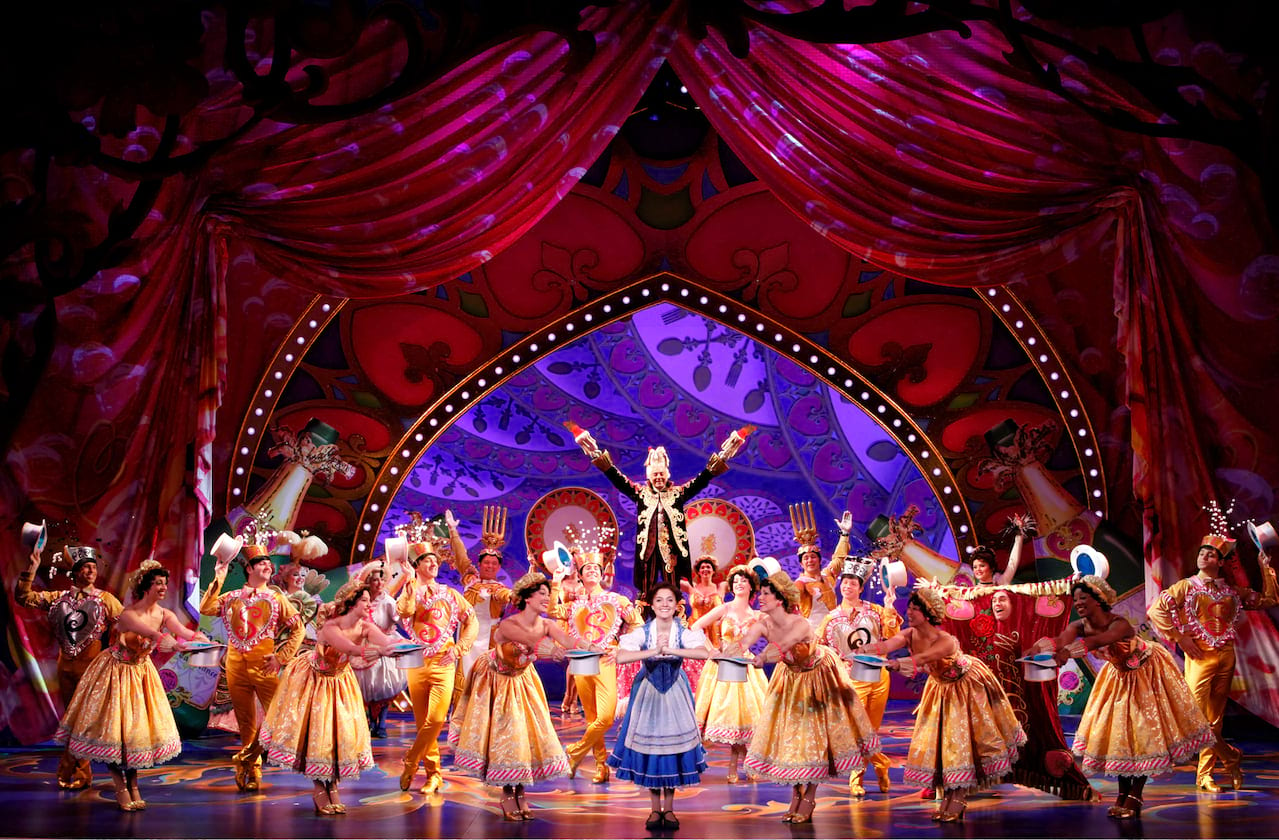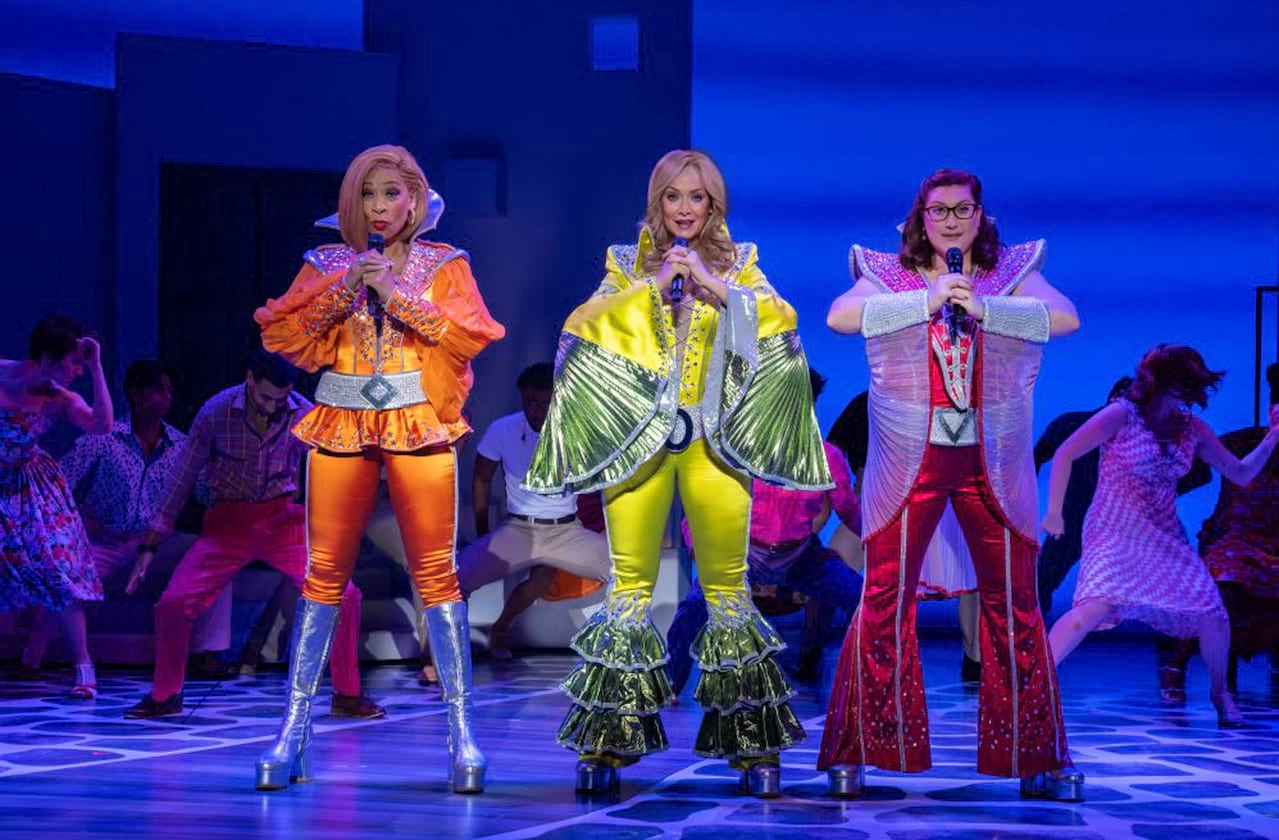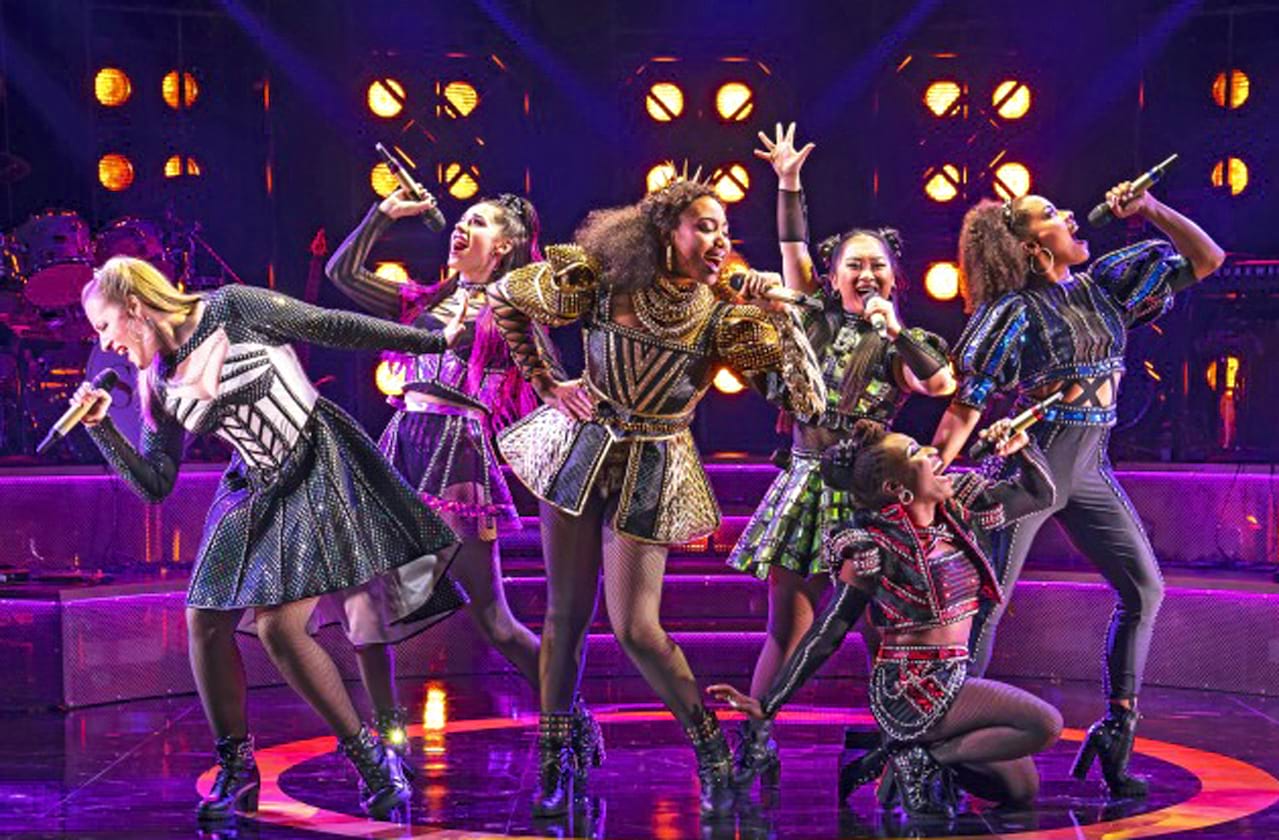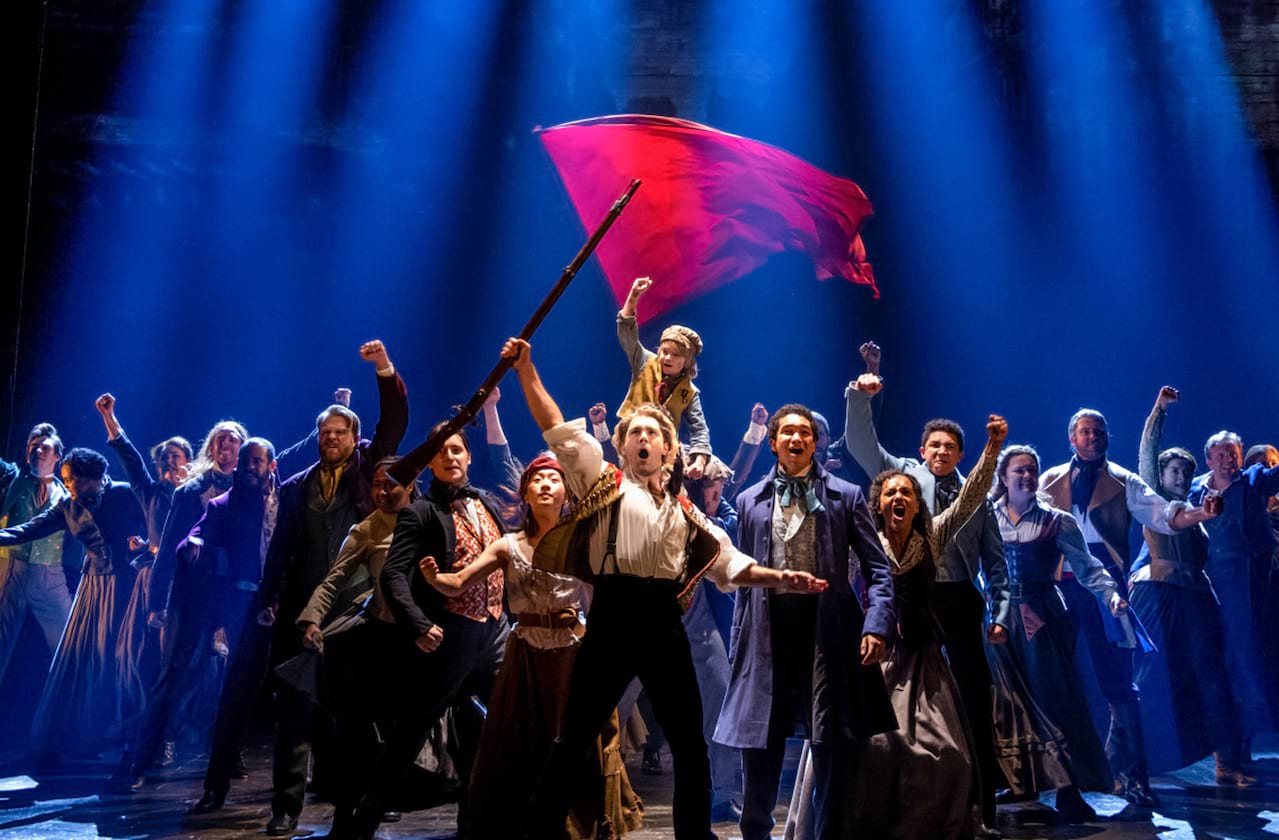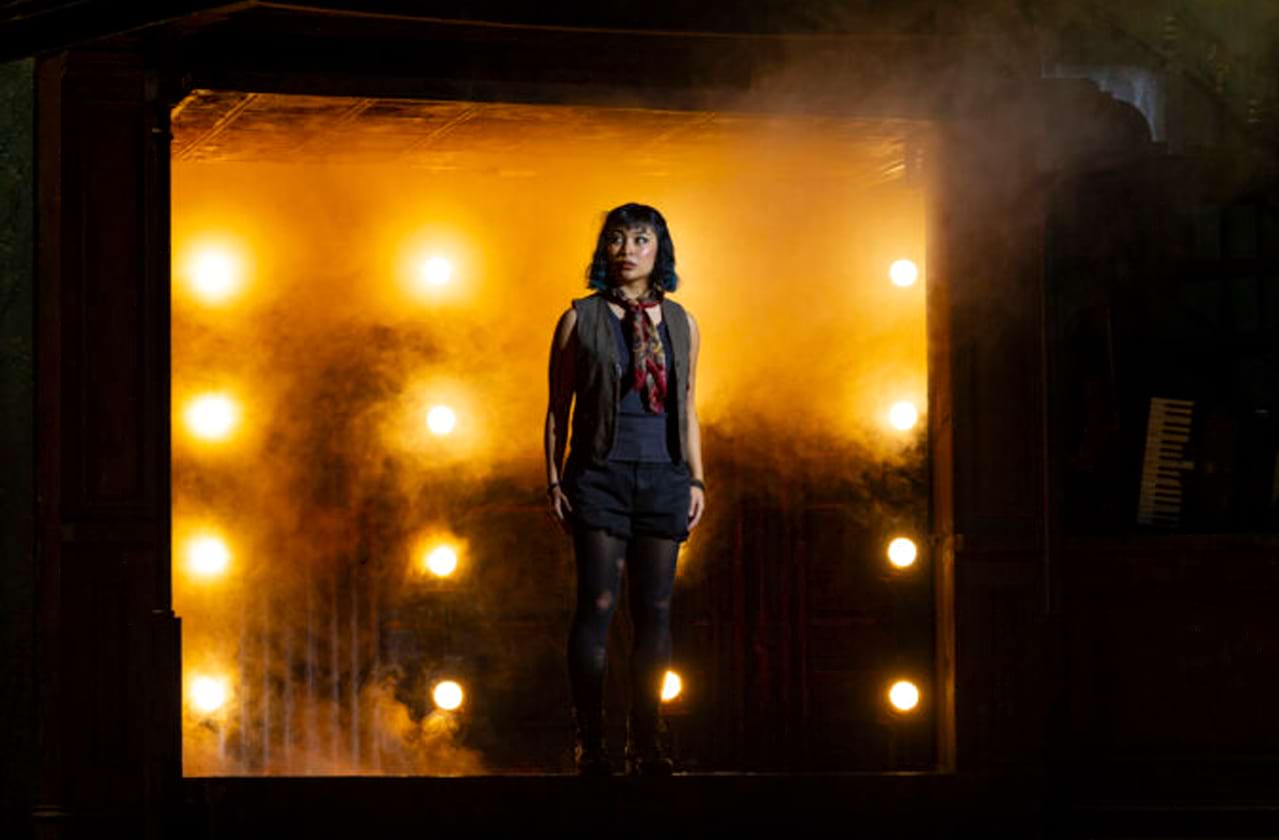Hadestown: The Greek Mythology Behind The Broadway Sensation
A Brief Lesson on the Mythical Characters Behind the Tony-Winning Musical
The plucky folk opera Hadestown burst onto the theater scene, sweeping up eight Tony Awardsincluding the prestigious Best Musicaland racking up accolades from the Drama Desk, Outer Critics Circle, and Drama League. This came as no surprise given the production received much acclaim during both its Off-Broadway and Broadway runs, praised for its vibrant retelling of a classic story, and incredible smoky New Orleans Jazz score.
Rooted in ancient Greek myth, Hadestown reimagines the tale of Orpheus and Eurydice through the eyes of Hermes.. The show transforms a timeless greek tragedy into a thrilling theatrical experience. Let's dive into the mythical characters that inspired this modern masterpiece.
Mythological Characters In Hadestown
Orpheus: Revered as a prophet and founder of the Orphic Mysteries, Orpheus was a legendary musician and poet of Greek mythology, and was said to charm all living thingsand even the godswith his divine lyre. Hadestown tells his famous journey to the Underworld to retrieve his beloved Eurydice.
Eurydice: Eurydice, a nymph and the beloved wife of Orpheus, tragically died from a snakebite while fleeing the advances of Aristaeus, prompting Orpheus to descend into the Underworld to retrieve her with his enchanting music.
Hermes: Hermes, the clever and swift son of Zeus and Maia, was the Olympian god of communication, travel, trade, and trickery, known for his winged sandals, caduceus staff, and role as the divine messenger and guide of souls to the Underworld.
Hades: Hades, the shadowy god of the Underworld, was the eldest son of Cronus and Rhea and ruled over the realm of the dead with his queen Persephone, whom he famously abducted to be his bride.
Persephone: Persephone, daughter of Zeus and Demeter, was abducted by Hades and became Queen of the Underworld, her dual role symbolizing both death and rebirth as she spent part of each year below the earth and part above, marking the seasonal cycle.
The Fates: The Fates, known as the Moirai in Greek mythology, were three powerful sister goddessesClotho, Lachesis, and Atroposwho spun, measured, and cut the thread of life, determining the destiny of every mortal and god from birth to death. Operating beyond even Zeus's control, they embodied the inescapable force of fate.
What Did Hadestown Change?
Character Changes
Orpheus: Instead of a divine lyre player, Orpheus is depicted as a talented, struggling musician.
Eurydice: Similar to Orpheus, instead of divinity, Eurydice's character is grounded in real human struggle.
Hermes: Although a member of a poverty-stricken society, Hermes seems closest to the mythological character as the majestic narrator of the story.
Hades: Instead of a shadowy god of the underworld, Hades is portrayed as a power and money-hungry company owner who exploits his workers.
Persephone: To escape the difficulties of factory life, Persephone is the owner of a popular speakeasy.
The Fates: Although in Greek mythology, the Fates dictate everyone's destiny, in Hadestown, they are seen as more influential characters who attempt to influence characters' destiny
Setting and Mythological Changes
Most Greek myths occur in mystical areas such as the heavens and the Underworld, but do have some level of realism, with areas such as Mount Olympus. In Hadestown, the Underworld is based on earth in an underground sweatshop.
In the original myth, the surrounding characters are dead souls in the underworld; however, in Hadestown, they are soulless factory workers under the control of Hades. As temporary relief from Hades' control.
There is a lot more to dive into, however, it would be unfair of us to spoil this incredible production for you. Instead, grab tickets for yourself and see the magic unfold as it tours across the USA!
